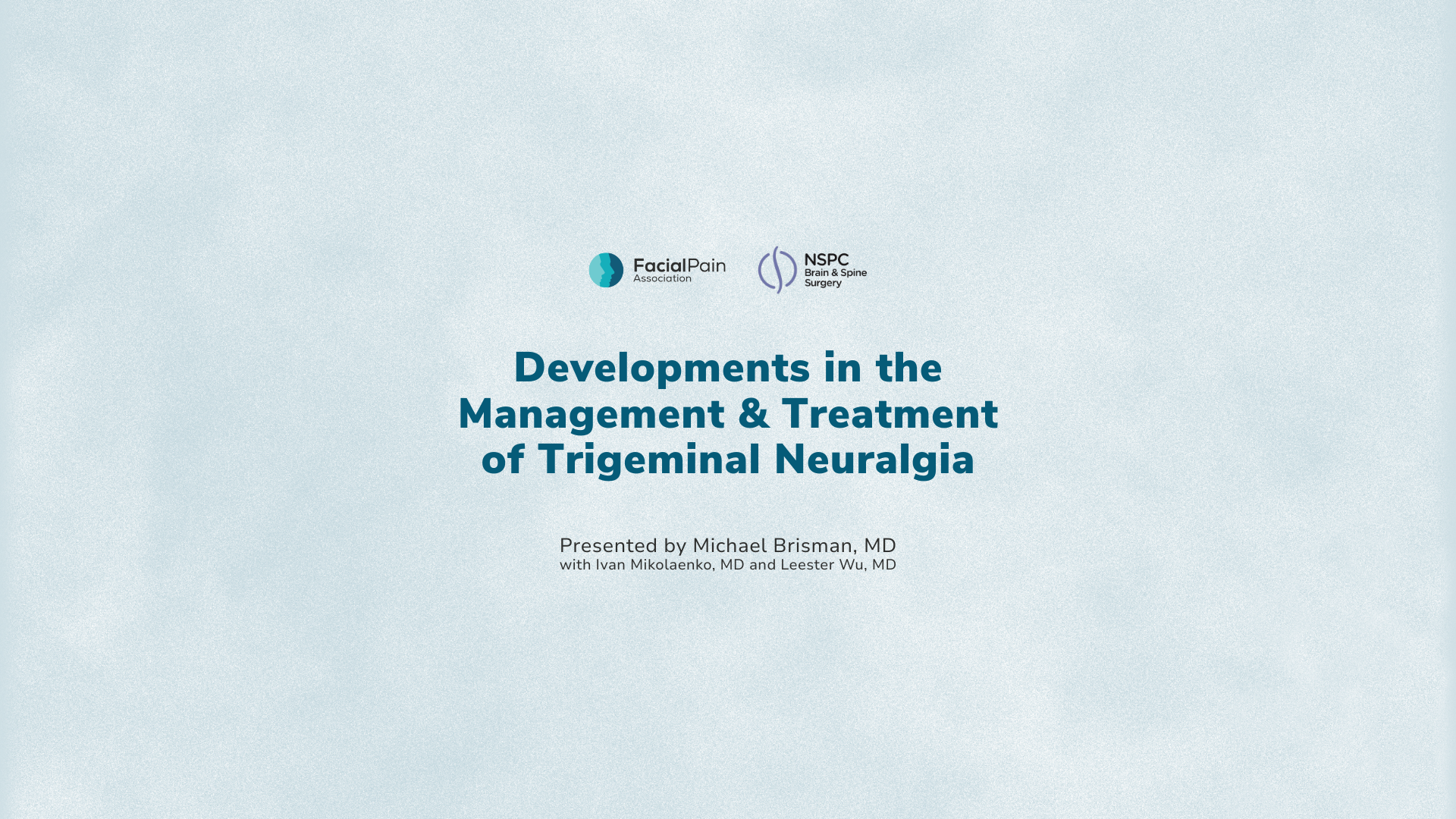
Living with a rare disease like trigeminal neuralgia or any of the many facial neuralgias we all experience can be isolating. One thing that 2020 taught the world is the importance of human interaction. This year, we encourage you to foster knowledge. For those who don’t live with a rare disease, research leads to knowledge which breeds empathy.
Empathy is a very strong emotion that can help us not feel as isolated in our pain. Having those difficult conversations can be the first step to bridge the gap between those who experience pain and those who do not, such as when you are explaining your experience to family or spreading awareness.
Kickstarting these conversations can be challenging; they require us to lean into our vulnerabilities and share something very personal. We’ve come up with a few tips and conversation starters to help with these conversations.
Utilize Plural Pronouns
If you aren’t comfortable sharing your own personal experience, use plural pronouns like ‘us,’ ‘they,’ or ‘we’ to share the experience of facial pain. Phrases like “when we feel pain it comes in the form of electrical shocks” or “taking lots of different types of medications is normal for us” can be just as powerful as “I feel electrical shocks” or “I take four types of medications for my pain.” Using broad statements like this won’t take away from the impact of what you’re saying, but it does give you the opportunity to avoid complete vulnerability. We should have the choice of what to share with the world about our pain while still being able to bring awareness to those around us.
Start with a Question
Questions are an easy way to start conversations, and they give you a chance to see what they may already know about facial pain. When dealing with difficult conversations, you want to give the other party a chance to speak too. Asking questions pulls people into the conversation. It also gives the other person permission to ask questions.
You can start with, “Have you heard of Rare Disease Day?” or “Did you know that October 7th is International Trigeminal Neuralgia Awareness Day?” to start a broad conversation. But questions like, “Did you learn about facial pain in your college health class?” or “Have you ever noticed that sometimes I need to wear face coverings outside?” will draw the other party into more specific conversations about facial pain.
Lean Into Your Emotions
One of the hardest things to do when talking about difficult things is to have a constructive conversation while trying to hold in your emotions. Showing an emotional side of things, whether it be anger or tears, doesn’t take away from the validity of your words. In fact, it only heightens the power you show. People will remember the conversations that made them feel something. Allowing yourself to feel and show how you’re feeling gives the other person a chance to step into a sphere of understanding. Facial pain is an emotional rollercoaster, lean into the rollercoaster and see where it takes you!
Hopefully these tips will help you share with those around you about facial pain and to help us bring awareness to our experience. Whether you lean into your emotions or choose to speak broadly about facial pain, speaking up is an empowering phenomenon. We are proud of your strength!










